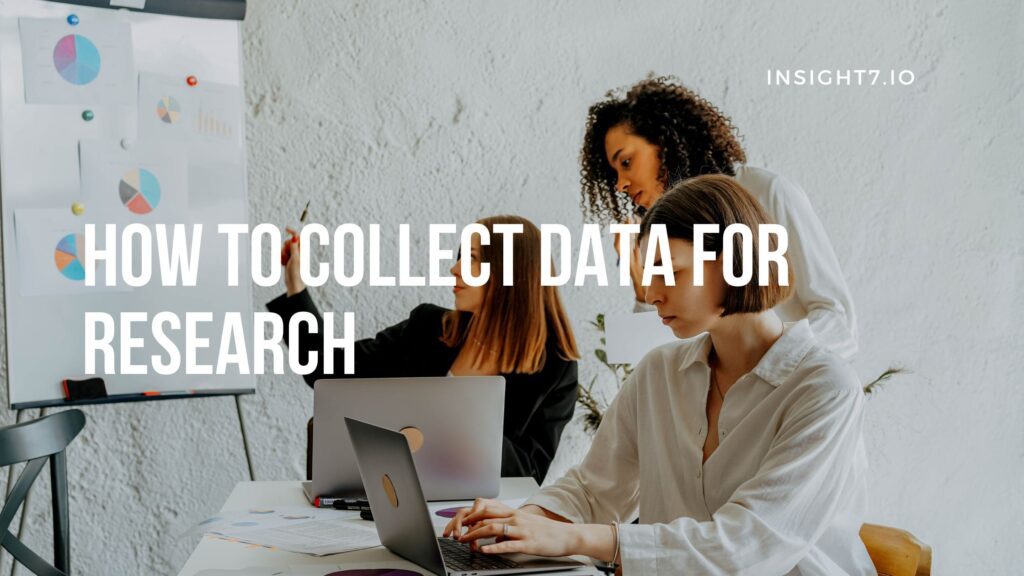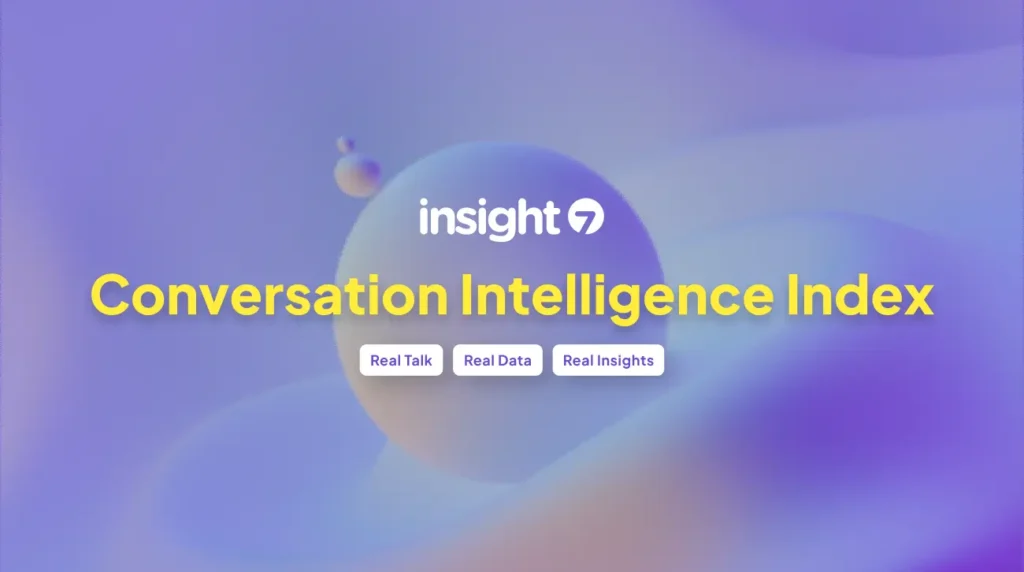How To Collect Data For Research
-
Bella Williams
- 10 min read

Data is one of the most valuable resources today’s businesses have. The more information you have about your customers, the better you can understand their interests, wants, and needs.
This enhanced understanding helps you meet and exceed your customers’ expectations and allows you to create messaging and products that appeal to them.
In this article, you’ll see the things you must do before you start collecting data and you’ll also see how to actually collect the data you need.
How to Collect Data in 5 Steps
There are many different techniques for collecting different types of quantitative data, but there’s a fundamental process you’ll typically follow, no matter which method of data collection you’re using.
This process consists of the following five steps.
1. Determine What Information You Want to Collect
The first thing you need to do is choose what details you want to collect. You’ll need to decide what topics the information will cover, who you want to collect it from and how much data you need.
Your goals — what you hope to accomplish using your data — will determine your answers to these questions.
As an example, you may decide to collect data about which type of articles are most popular on your website among visitors who are between the ages of 18 and 34.
You might also choose to gather information about the average age of all of the customers who bought a product from your company within the last month.
2. Set a Timeframe for Data Collection
Next, you can start formulating your plan for how you’ll collect your data. In the early stages of your planning process, you should establish a timeframe for your data collection.
You may want to gather some types of data continuously. When it comes to transactional data and website visitor data.
For example, you may want to set up a method for tracking that data over the long term.
If you’re tracking data for a specific campaign, however, you’ll track it over a defined period. In these instances, you’ll have a schedule for when you’ll start and end your data collection.
3. Determine Your Data Collection Method
At this step, you will choose the data collection method that will make up the core of your data-gathering strategy.
To select the right collection method, you’ll need to consider the type of information you want to collect, the timeframe over which you’ll obtain it and the other aspects you determined.
We’ll go over various methods you can use in the next section of this article.
4. Collect the Data
Once you have finalized your plan, you can implement your data collection strategy and start collecting data.
You can store and organize your data in your DMP. Be sure to stick to your plan and check on its progress regularly.
It may be useful to create a schedule for when you will check in with how your data collection is proceeding, especially if you are collecting data continuously.
You may want to make updates to your plan as conditions change and you get new information.
5. Analyze the Data and Implement Your Findings
Once you’ve collected all of your data, it’s time to analyze it and organize your findings.
The analysis phase is crucial because it turns raw data into valuable insights that you can use to enhance your marketing strategies, products and business decisions.
You can sort your data and generate insights using Insight7 insight dashboard.
6 Ways to Collect Data
So, how do you go about collecting the data you need to meet your goals? There are various methods of collecting primary, quantitative data.
Some involve directly asking customers for information, some involve monitoring your interactions with customers and others involve observing customers’ behaviors.
The right one to use depends on your goals and the type of data you’re collecting.
Here are some of the most common types of data collection used today.
1. Surveys
Surveys are one way in which you can directly ask customers for information.
💬 Questions about How To Collect Data For Research?
Our team typically responds within minutes
You can use them to collect either quantitative or qualitative data or both.
A survey consists of a list of queries respondents can answer in just one or two words and often gives participants a list of responses to choose from.
You can conduct surveys online, over email, over the phone or in person. One of the easiest methods is to create an online survey you host on your website or with a third party.
You can then share a link to that survey on social media, over email and in pop-ups on your site.
2. Online Tracking
Your business’ website, and your app if you have one, are excellent tools for collecting customer data.
When someone visits your website, they create as many as 40 data points.
Accessing this data allows you to see how many people visited your site, how long they were on it, what they clicked on and more.
Your website hosting provider may collect this kind of information, and you can also use analytics software.
You can also place pixels on your site, which enables it to place and read cookies to help track user behavior.
3. Transactional Data Tracking
Whether you sell goods in-store, online or both, your transactional data can give you valuable insights about your customers and your business.
You may store transactional records in a customer relationship management system.
That data may come from your web store, a third party you contract with for e-commerce or your in-store point-of-sale system.
This information can give you insights about how many products you sell, what types of products are most popular, how often people typically purchase from you and more.
4. Online Marketing Analytics
You can also collect valuable data through your marketing campaigns, whether you run them on search, webpages, email or elsewhere.
You can even import information from offline marketing campaigns that you run.
The software you use to place your ads will likely give you data about who clicked on your ads, what times they clicked, what device they used and more.
5. Social Media Monitoring
Social media is another excellent source of customer data.
You can look through your follower list to see who follows you and what characteristics they have in common to enhance your understanding of who your target audience should be.
You can also monitor mentions of your brand on social media by regularly searching your brand’s name, setting up alerts or using third-party social media monitoring software.
Many social media sites will also provide you with analytics about how your posts perform.
Third-party tools may be able to offer you even more in-depth insights.
6. Collecting Subscription and Registration Data
Offering customers something in return for providing information about themselves can help you gather valuable customer data.
You can do this by requiring some basic information from customers or site visitors who want to sign up for your email list, rewards program or another similar program.
One benefit of this method is that the leads you get are likely to convert because they have actively demonstrated an interest in your brand.
When creating the forms used to collect this information, it’s essential to find the right balance in the amount of data you ask for.
Asking for too much can discourage people from participating, while not asking for enough means your data won’t be as useful as it could be.
💬 Questions about How To Collect Data For Research?
Our team typically responds within minutes



